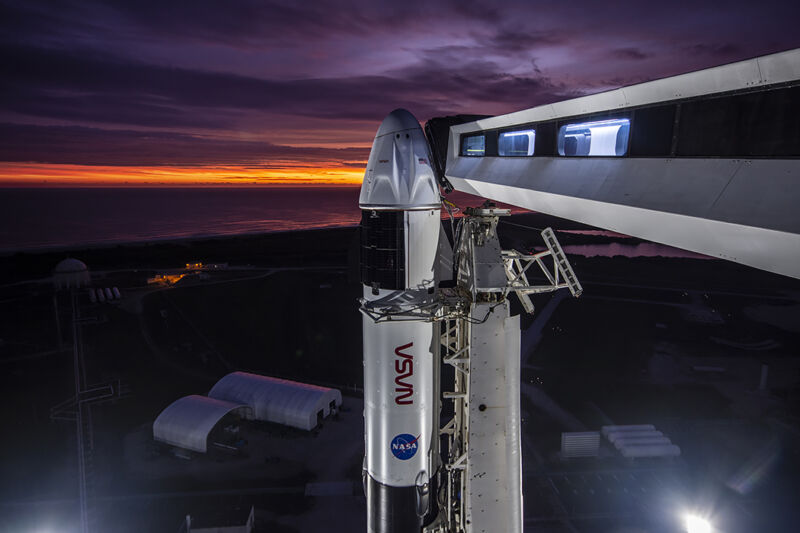
SpaceX
There’s an emerging truth about NASA’s trend toward commercial contracting that’s increasingly hard to escape: Companies not named SpaceX have a hard time accepting NASA’s approach of awarding firm, fixed-price contracts for space services.
This belief is reinforced by the recent award of an $843 million contract to SpaceX for a heavily modified Dragon spacecraft that will be used to deorbit the International Space Station by 2030.
The vendor selection statement for the “American Deorbit Vehicle” contract, a process led by NASA’s space operations chief Ken Bowersox, reveals that the competition was a complete failure. SpaceX had only one serious competitor in the process, Northrop Grumman. And in all three categories (price, mission suitability, and past performance), SpaceX outperformed Northrop by a wide margin.
While it is a good thing that NASA has a great contractor in SpaceX, it is not healthy in the long run that there are so few credible competitors. Moreover, a careful reading of the source selection statement reveals that NASA had to work hard to get a competition.
“I was really pleased that we received proposals from the companies that we selected,” Bowersox said during a media conference call last week. “The companies that sent us proposals are both large companies, and it was great to see that interest. I was expecting to get a few more.” [proposals]honestly, but I was very happy to have the ones we did have.”
Business initiatives in difficulty
NASA’s “commercial” space exploration began nearly two decades ago with a program to deliver cargo to the International Space Station. The space agency initially selected SpaceX and Rocketplane Kistler to develop rockets and spacecraft to do the job, but after Kistler missed important milestones, the company was replaced by Orbital Sciences Corporation. The cargo delivery program was a success, resulting in the Cargo Dragon (SpaceX) and Cygnus (Orbital Sciences) spacecraft. It continues to this day.
A commercial approach typically means that NASA pays a “fixed” price for a service rather than paying a contractor’s costs plus a fee. It also means that NASA hopes to become one of many customers. The idea is that as a pioneer, NASA helps stimulate a market through which its fixed-price contractors can also sell their services to other entities, whether private companies or other space agencies.
NASA has since expanded this commercial approach to crew, with SpaceX and Boeing winning major contracts in 2014. However, only SpaceX has flown operational astronaut missions, while Boeing is still in the development and testing phase, with its crewed flight test underway. While SpaceX has sold half a dozen private crewed Dragon missions, Boeing has yet to announce any.
Such a commercial approach has also been tested with lunar cargo transportation through the Commercial Lunar Payload Services program, as well as for larger lunar landers (Human Landing System), next-generation spacesuits, and commercial space stations. Each of these programs has had a mixed record at best. For example, NASA’s inspector general was highly critical of the lunar cargo program in a recent report, and one of the two spacesuit contractors, Collins Aerospace, recently dropped out because it could not meet its fixed-price contract.
Some of NASA’s largest traditional space contractors, including Lockheed Martin, Boeing and Northrop Grumman, have all said they plan to participate in fixed-price bidding in the future. For example, Northrop CEO Kathy Warden said last August, “We’re being even more rigorous going forward to make sure that we’re working with the government to make appropriate use of fixed-price contracts.”
So traditional large space contractors don’t like fixed-price contracts, and many new space companies are struggling to survive in this environment.



